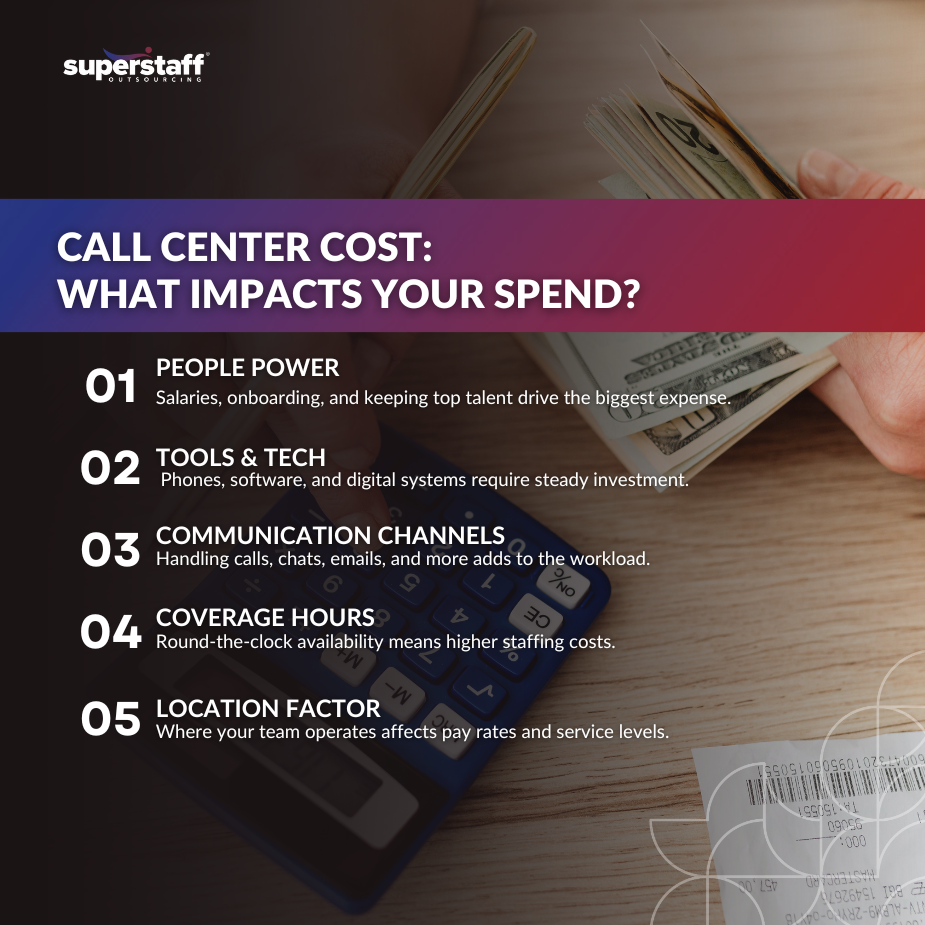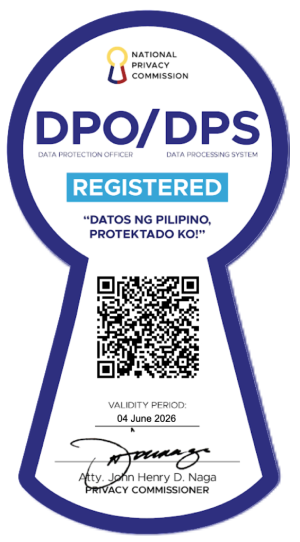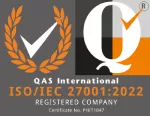
Running a call center plays a big role in keeping customers satisfied, but many business owners do not fully understand what affects the call center cost. Prices can vary a lot depending on different factors, making it hard to know what to expect or which services should be included. Are you paying for the right features? Are you getting good value for your money? Understanding call center cost helps businesses avoid spending too much or missing key support options that impact customer experience.
Call center operations cover more than just answering calls—they include technology, staffing, service quality, and hours of operation. Knowing how these parts affect pricing can help you decide whether to build an in-house team or choose an outsource call center pricing. By understanding what drives costs and what you get in return, you can improve your call center ROI and find a solution that fits your budget and goals. This guide breaks down the main cost factors and offers clear advice on picking the best option for your business.

What Drives Call Center Cost
To budget effectively, it is important to know what makes up the call center cost. These are the main factors:
1. Labor Costs
Labor expenses make up the biggest portion of call center cost. This covers wages and salaries for agents and supervisors. Training to maintain agent skills and retention efforts, such as bonuses or benefits, also increases total labor costs.
2. Technology and Infrastructure
Running a call center requires phones, headsets, computers, and office space. Beyond hardware, software systems such as customer relationship management (CRM) tools, call routing, and reporting platforms add to expenses.
3. Support Channels
Many call centers provide support beyond voice calls. Channels like chat, email, and social media require specific tools and agent training, which raises the call center cost.
4. Hours of Operation
Offering 24/7 support increases costs because it requires night shifts, weekend staffing, and often higher wages for off-hours work. Limiting business hours reduces call center costs but can limit customer access.
5. Location
Call centers based in high-wage countries generally have higher call center costs. Offshore or nearshore centers offer lower labor costs but may vary in language skills and service quality.
Knowing these components gives a clearer picture of what influences call center cost and helps when comparing pricing models.
In-House Versus Outsourced Call Center Cost
Deciding whether to build an in-house team or use an outsourced provider involves weighing different cost structures and benefits.
1. In-House Call Center Cost
- Initial Investment: Building an in-house center requires upfront spending on office space, equipment, and recruiting staff.
- Ongoing Expenses: Salaries, benefits, utilities, software licenses, and management overhead add to monthly costs.
- Scaling Challenges: Quickly increasing team size to meet demand spikes is difficult and expensive.
- Control: Greater control over operations but less flexibility in adapting to changes.
2. Outsource Call Center Pricing
- Predictable Costs: Outsourcing often comes with fixed monthly fees or per-agent hourly rates, reducing upfront investment.
- Flexibility: Providers can scale teams up or down based on call volume without your business handling hiring.
- Included Services: Many providers include training, supervision, and technology as part of their pricing.
- Cost Variation: Pricing depends on location, hours, service level, and support channels offered.
3. Cost Examples
To better understand costs, consider these ranges:
- An in-house agent’s annual cost (including salary and benefits) typically ranges between $40,000 and $70,000, depending on location.
- Outsourcing offshore agents may cost between $15 and $30 per hour, while onshore rates can range from $25 to $50 per hour.
Knowing how much it costs to outsource a call center helps set realistic expectations for budgeting and choosing the right option.
What You Receive for the Call Center Cost
It is important to consider what value comes with the call center cost. Price alone does not tell the full story.
1. Service Quality
Fast response times, high first-call resolution (FCR) rates, and customer satisfaction are key signs of call center quality. The average FCR rate across industries is about 68%, while top-performing centers exceed 80%. Outsourced centers often provide trained agents who focus on your brand to maintain consistency. This training helps ensure faster problem-solving and better customer experiences.
2. Quality Control and Reporting
Call monitoring, supervisor oversight, and performance reporting maintain service standards. These quality assurance measures are usually included in outsource call center pricing, but can add extra cost when done in-house.
3. Scalability
Outsourced providers can quickly add or reduce agent numbers to handle peak periods. In-house teams require time-consuming recruitment and training to scale.
4. Reduced Internal Burden
Outsourcing shifts the responsibility for managing operations, technology, and staffing to the provider. This allows your internal teams to focus on core business functions.
5. Call Center ROI
Evaluating call center ROI means looking beyond cost to consider benefits like improved customer retention, higher sales, and efficiency gains. Good service at the right cost will deliver measurable returns.
Breaking Down Call Center Pricing
To compare providers fairly, it helps to understand what their pricing includes.
1. Service Scope
Pricing may cover voice support only or include additional channels such as chat, email, and social media. Adding more channels generally increases call center cost but can improve customer reach and satisfaction.
2. Staffing Structure
Some providers share agents across several clients to lower costs. Dedicated teams offer deeper brand knowledge but come at a higher price.
3. Quality Control
Look for services like call monitoring, supervisor oversight, and regular reporting included in the price. These ensure service quality and justify call center cost.
4. Training and Onboarding
Some contracts include agent training time, while others charge separately. Confirm what’s covered to avoid unexpected costs.
5. Hours and Language Options
24/7 service, multilingual agents, and holiday coverage usually increase the call center cost but may be necessary depending on your customers’ needs.
Tips for Managing Call Center Cost Effectively
Controlling call center cost does not mean lowering quality. Here are some ways to manage costs while keeping service strong.
1. Assess Your Support Needs Clearly
Analyze call volumes, peak times, and channels your customers use most. This helps avoid paying for unnecessary services or overstaffing.
2. Choose the Right Mix of Channels
Focus on the support channels your customers prefer. Adding less-used channels can increase cost without adding much value.
3. Consider Nearshore Outsourcing
Nearshore centers often provide good quality with lower labor costs than onshore but fewer challenges than offshore centers.
4. Negotiate Service Level Agreements (SLAs)
Clearly defined SLAs ensure you pay for measurable results, like response times or resolution rates, rather than vague promises.
5. Monitor Performance Regularly
Use reporting tools to track key metrics. If performance slips, discuss adjustments with your provider before costs escalate.
6. Leverage Technology Wisely
Invest in technology that improves agent efficiency without excessive cost. Avoid paying for advanced features you do not need.
Applying these tips helps you get the best call center ROI by balancing cost and service quality.
Smart Spending Leads to Stronger Support
Call center cost depends on many factors including labor, technology, service scope, and location. Outsourcing offers predictable pricing and operational benefits, but it is important to understand how much does it cost to outsource a call center and what value comes with that cost. Matching your business needs with the right model and provider will lead to better customer service and long-term savings.
Looking for a call center solution that fits your budget and delivers reliable support? SuperStaff offers clear, transparent pricing and trusted service tailored to your business. Contact us today to find a plan that maximizes your call center ROI.






